Excavator Cabin Parts You Should Know

George Yang | Founder at EPO
Hi, I'm George Yang, here to share my expertise in excavator parts with you.
Table of Contents
Ever wondered why your excavator cabin functions efficiently and comfortably while in use? The answer lies in its different parts, and knowing each one’s uses can significantly enhance productivity during operations.
As an excavator expert, I assure you that understanding these components improves your operational effectiveness and enhances your working experience while aiding in troubleshooting.
Here’s a quick look at 2 of the excavator cabin parts:
- Operator’s Seat
- Control Levers
In this guide, you will learn about the essential parts of an excavator cabin, their functions, the different types and why they matter for your daily operations.
So let’s get started!
1. Operator’s Seat
The operator’s seat is crucial for comfort and support during long hours of work. It provides ergonomic design to reduce fatigue, allowing operators to maintain focus. The seat often features adjustable settings for height and tilt, accommodating different operators. A well-designed operator’s seat improves overall efficiency and productivity on the job site, making it a key investment for any excavator user.
2. Control Levers
Control levers are essential for operating an excavator effectively. They allow operators to manipulate the machine’s arm, bucket, and other components with precision. Each lever controls a specific function, enabling smooth and coordinated movements during tasks. Proper use of control levers enhances efficiency and accuracy, making them vital for productivity on the job site.
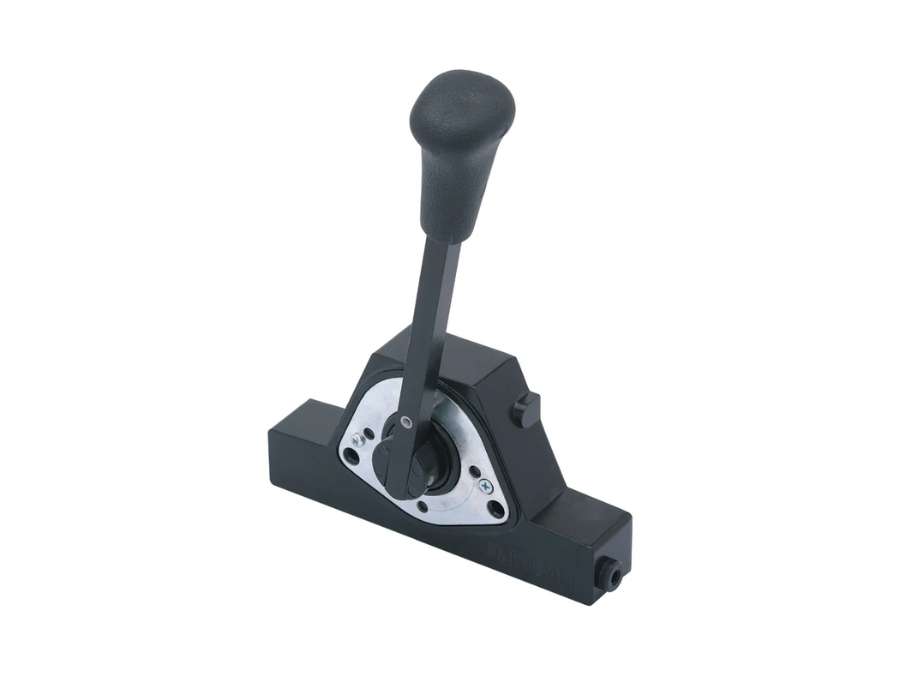
3. Foot Pedals
Foot pedals are used for controlling the movements of an excavator. They allow operators to drive the machine forward or backward and control functions like boom and bucket. By using foot pedals, operators can keep their hands free for other controls, improving overall efficiency and safety during operations on the job site.
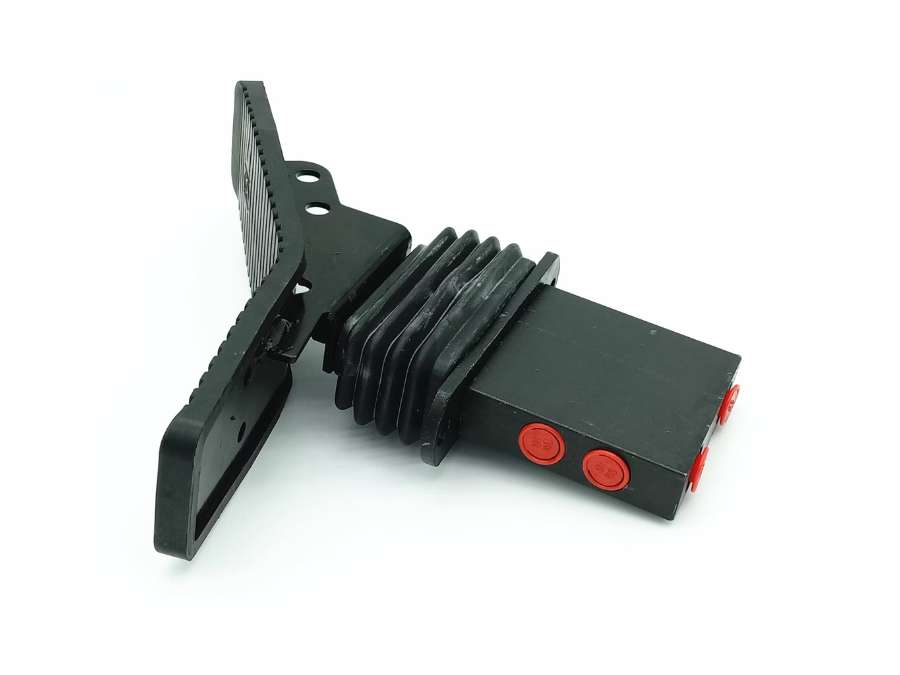
4. Dashboard Display Panel
The dashboard display panel is important for monitoring an excavator’s performance. It provides operators with real-time data. This visibility helps operators make informed decisions during operations. By keeping track of these metrics, operators can optimize performance and maintain safety on the job site. Here are some examples of specific warnings display in dashboard:
| Warning Indicator | Description |
| Low Oil Pressure Warning | Alerts the operator of insufficient oil pressure, indicating potential engine lubrication issues. Immediate action is needed to prevent engine damage. |
| High Temperature Warning | Indicates the engine or hydraulic system is overheating. It prompts the operator to check cooling systems to prevent overheating damage. |
| Low Fuel Level Warning | Signals that the fuel level is critically low, urging the operator to refuel promptly to avoid machine shutdown. |
| Brake System Warning | Warns of potential issues in the braking system, such as low brake fluid or worn brake pads. Immediate inspection is necessary for safe operation. |
| Hydraulic Pressure Warning | Indicates abnormal hydraulic pressure, which could lead to reduced performance or damage to hydraulic components. Requires prompt troubleshooting. |
5. Steering Column (for Wheeled Excavators)
The steering column in wheeled excavators is essential for guiding the machine’s direction. It provides operators with control over steering movements, allowing for precise navigation in tight spaces. Many steering columns are adjustable, which helps accommodate different operator heights. A well-designed steering column contributes to better handling and overall operational efficiency on the job site.
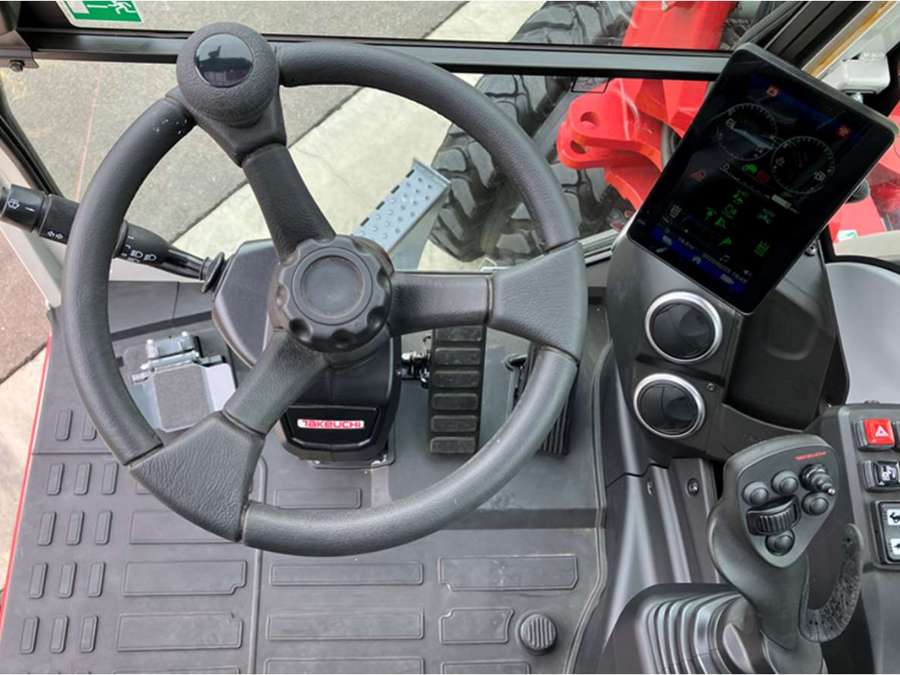
6. Windshield and Wiper
The windshield and wiper in an excavator are crucial for maintaining visibility. The windshield protects the operator from dust and debris, while the wiper removes rain or mud that can obstruct the view. Together, they help create a safer working environment by allowing operators to see their surroundings clearly, even in challenging weather conditions.
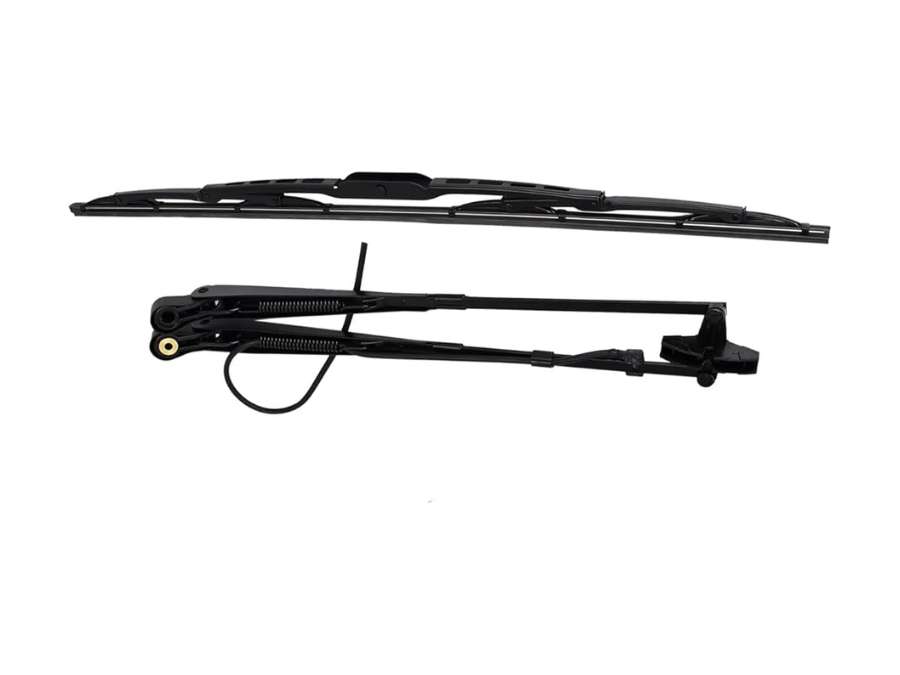
7. Cabin Door
The cabin door in an excavator provides essential access for operators. It allows for easy entry and exit while protecting against dust and debris. Many cabin doors feature locking mechanisms for security. Additionally, some designs offer large windows for visibility. A well-designed cabin door contributes to the operator’s comfort and safety during operation.
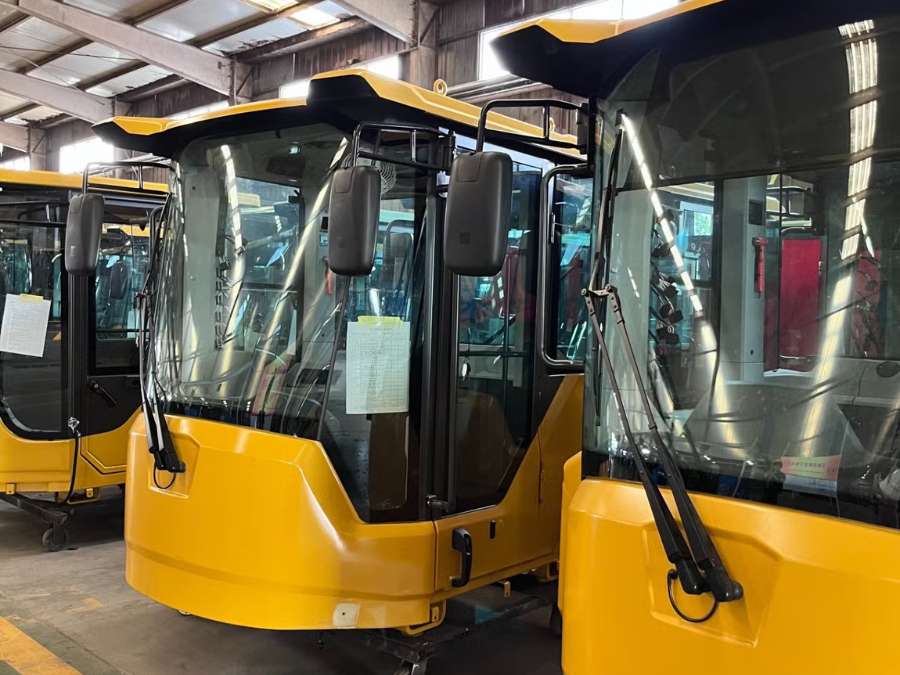
8. Operator’s Control Console
The operator’s control console is essential for controlling an excavator’s functions. It includes various levers, buttons, and displays that allow the operator to maneuver the machine effectively. The design promotes easy access to all controls, which helps improve efficiency during tasks. A well-organized console helps operators focus on their work and enhances overall performance.
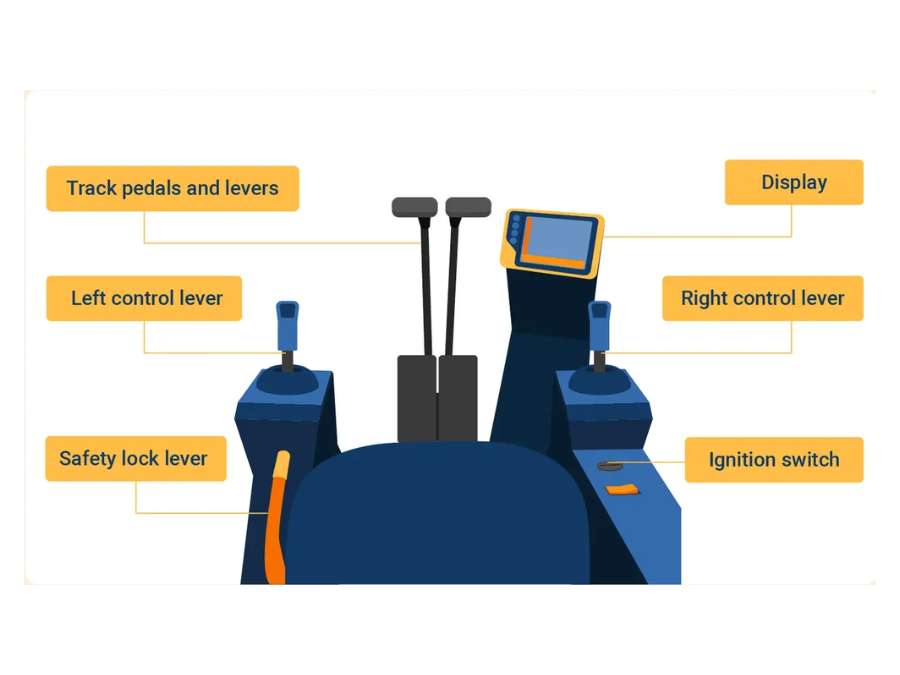
9. AC/Heater Unit
The AC and heater unit in an excavator provides climate control for the operator. It keeps the cabin cool in hot weather and warm during cold conditions. This unit helps create a comfortable working environment, allowing operators to focus on their tasks. A well-functioning AC and heater unit improves overall productivity on the job site.
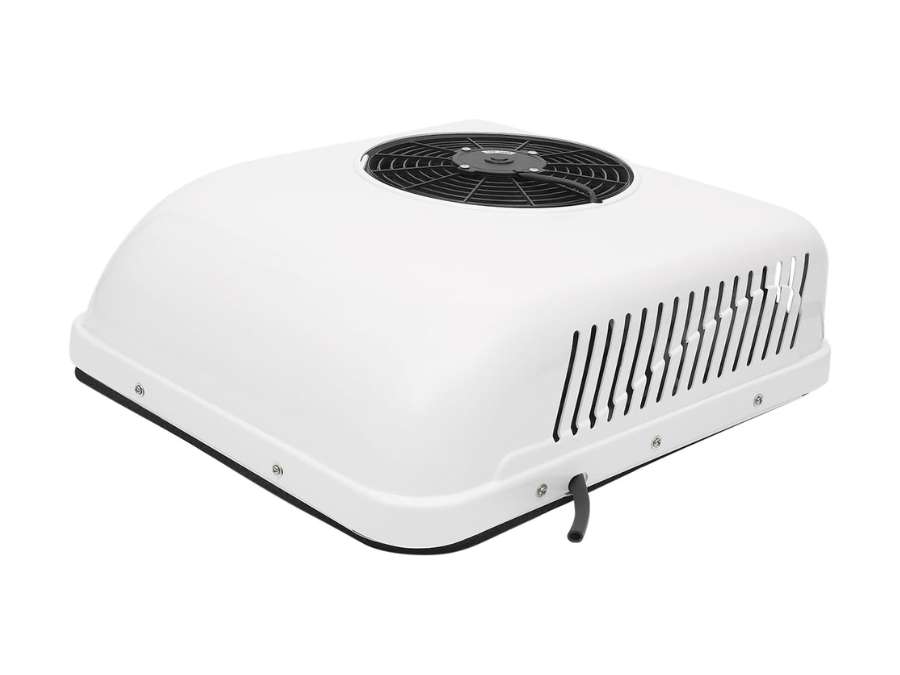
10. Rearview and Side Mirrors
Rearview and side mirrors are essential for visibility in an excavator. They help operators see behind and beside the machine, reducing blind spots. This visibility is crucial for safe maneuvering and avoiding obstacles on the job site. Properly positioned mirrors enhance awareness, allowing operators to work confidently and efficiently in various environments.
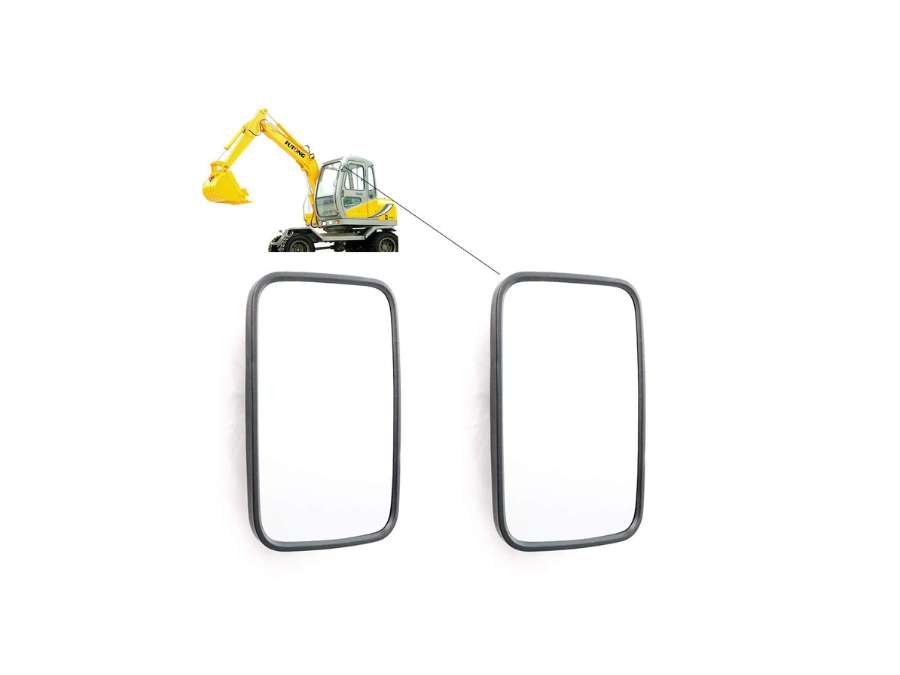
11. Floor Mat
The floor mat in an excavator cabin provides comfort and safety for the operator. It offers cushioning to reduce fatigue during long hours of work and helps prevent slipping. The mat also absorbs noise, creating a quieter environment. Additionally, it is easy to clean, helping maintain a tidy and organized cabin.
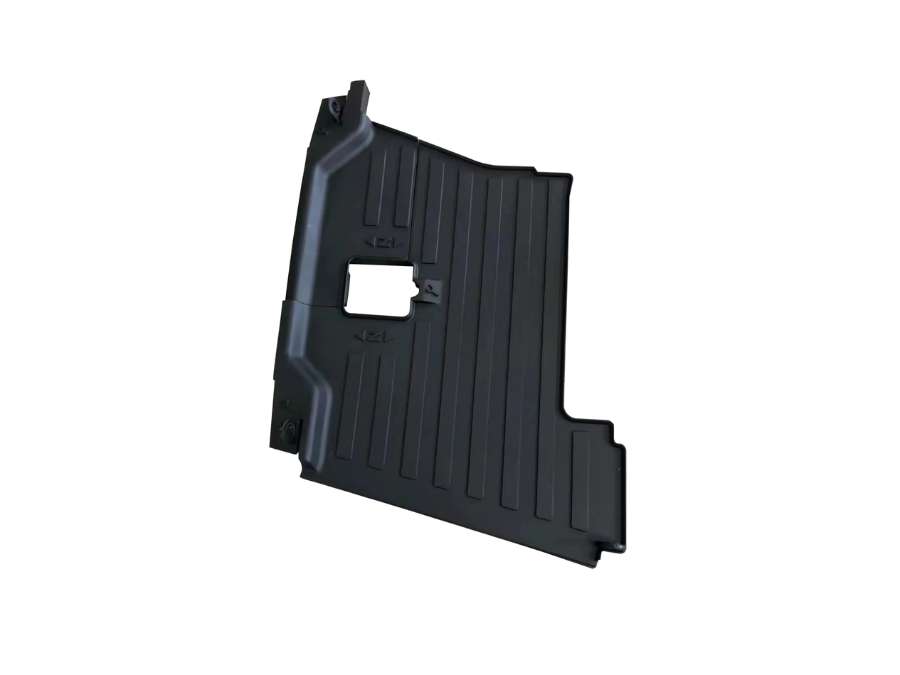
12. Cabin Light
The cabin light in an excavator is essential for visibility in low-light conditions. It brightens the interior, allowing operators to see controls and instruments clearly. For example, during early mornings, the sunlight may not be strong enough to illuminate the cabin, making the light crucial for safe operation. A properly positioned cabin light helps create a comfortable and productive working environment.
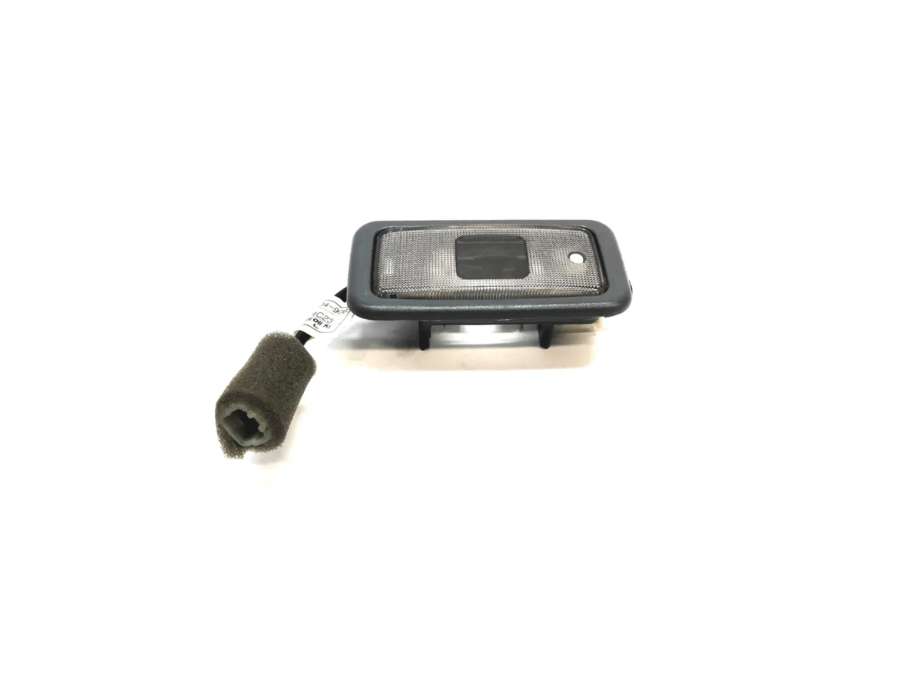
13. Window Latches
Window latches are essential for keeping the windows of an excavator secure. They allow operators to open and close windows easily while preventing them from accidentally swinging open during operation. Properly functioning latches help protect the cabin from dust and debris. Additionally, they contribute to the overall safety of the operator by securing the workspace.
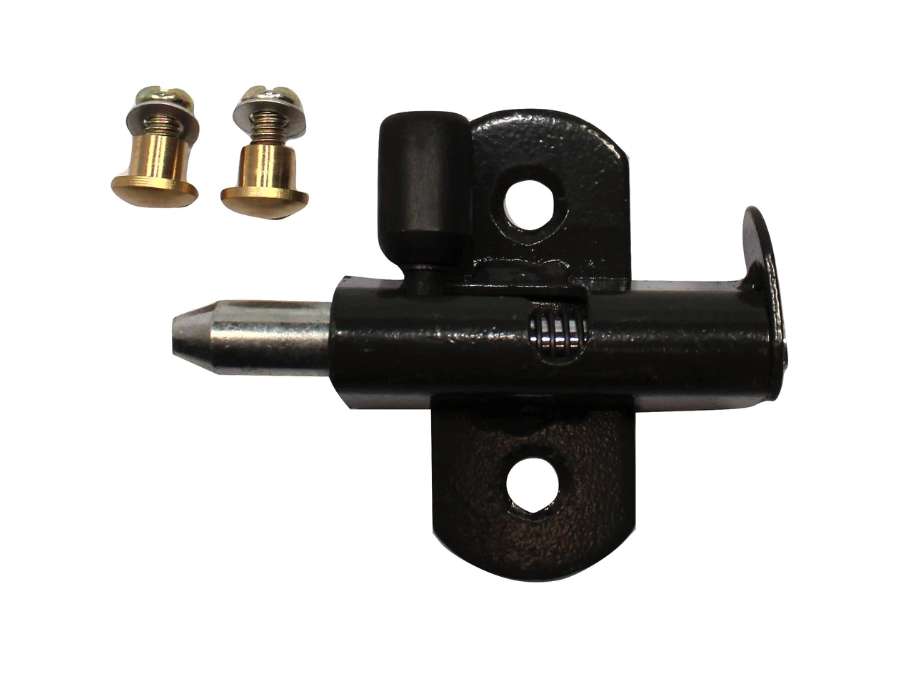
14. Overhead Console
The overhead console in an excavator is designed for convenience and organization. It houses important controls, such as lights and wipers, within easy reach of the operator. Additionally, the console often includes storage for small tools and personal items. This organization helps keep the cabin tidy and allows operators to focus on their tasks efficiently.
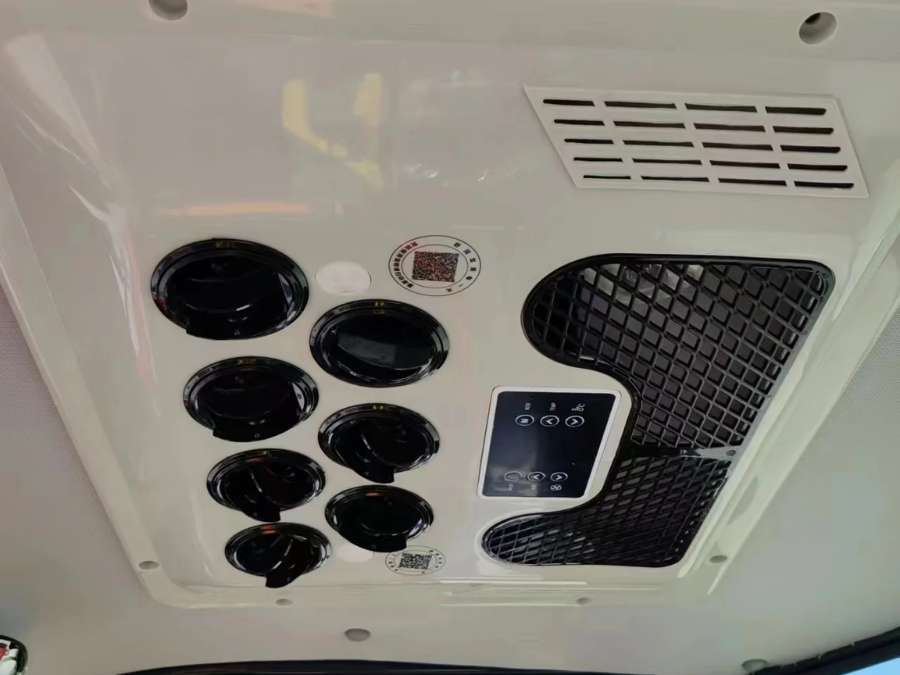
15. Seatbelt
The seatbelt in an excavator is a critical safety part that keeps the operator securely in place during operation. It helps protect the operator from injury in case of sudden movements or accidents. A well-functioning seatbelt is essential for safe operation, allowing operators to focus on their tasks without worrying about their safety in the cabin.
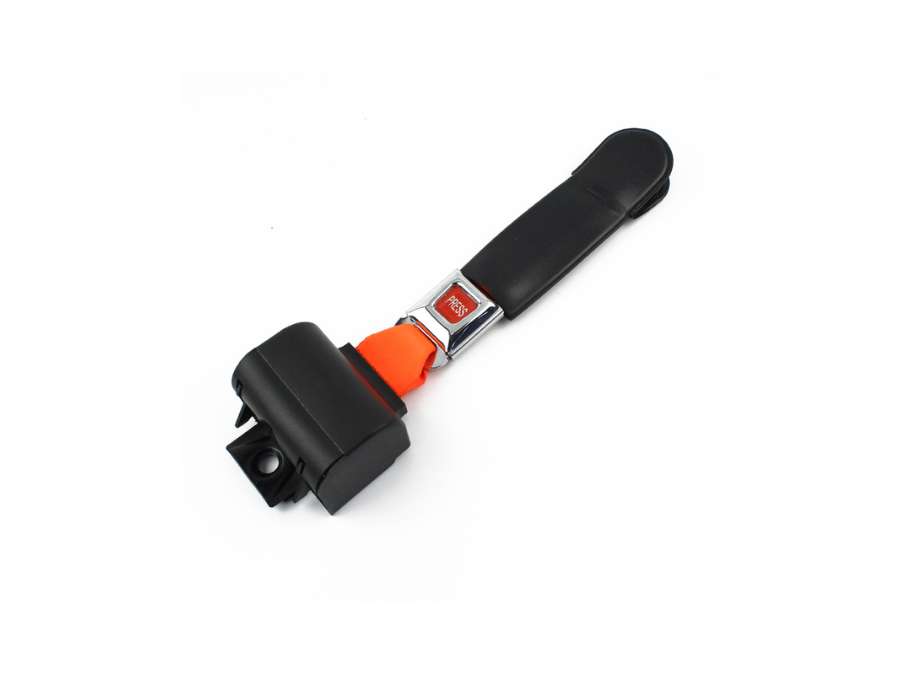
16. Sun Visor
The sun visor in an excavator helps reduce glare from sunlight, improving visibility for the operator. It protects the operator’s eyes from harsh light, allowing them to see controls and surroundings clearly. By blocking direct sunlight, the visor contributes to a more comfortable working environment, helping operators focus on their tasks without distraction.
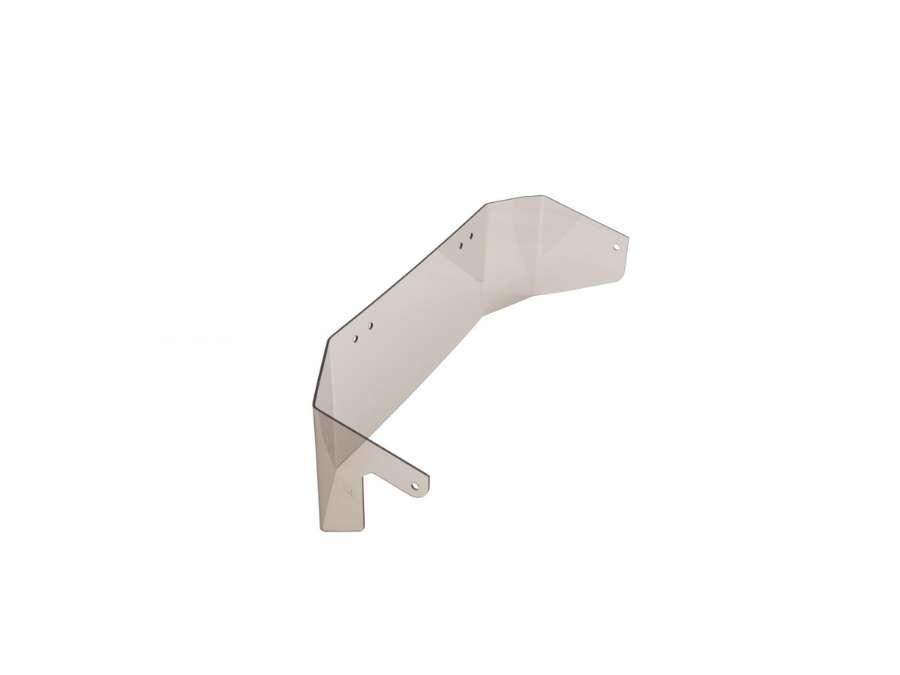
17. Cabin Frame (ROPS/FOPS)
The cabin frame, featuring ROPS (Roll-Over Protective Structure) and FOPS (Falling Object Protective Structure), provides essential safety for the operator. ROPS protects against rollovers, while FOPS shields the operator from falling objects. This frame helps maintain the cabin’s integrity during accidents, promoting a safer working environment and giving operators peace of mind while they work.
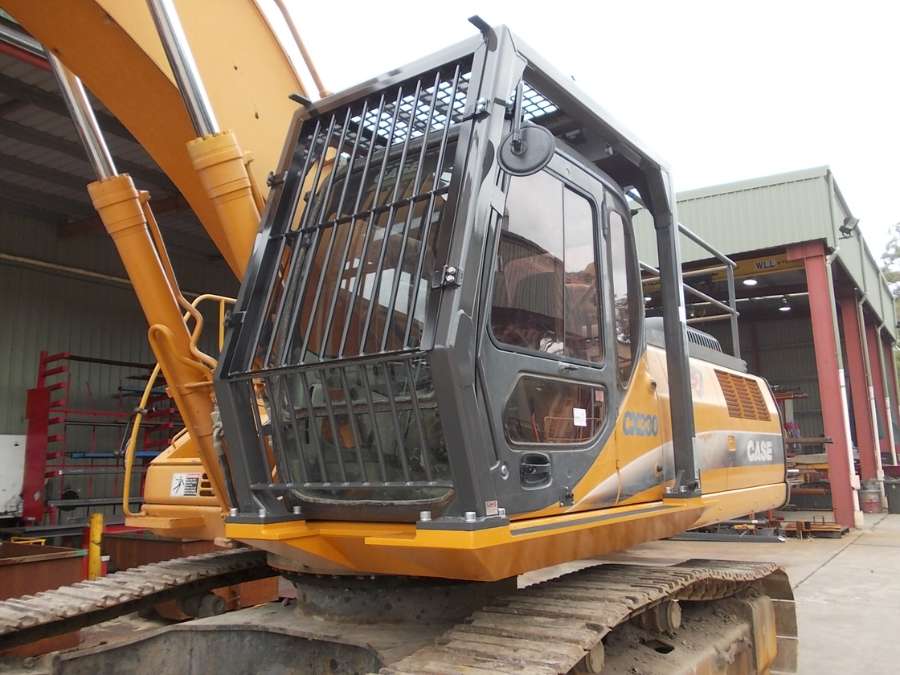
18. Fire Extinguisher
The fire extinguisher is a vital safety tool in an excavator. It allows the operator to quickly respond to small fires before they escalate. Portable fire extinguishers in excavator can handle various fire sources, like electrical fires. Having a fire extinguisher readily accessible helps maintain a safe working environment. In fact, according to FIA, portable fire extinguishers have successfully extinguished during fire from 80% to 93%.
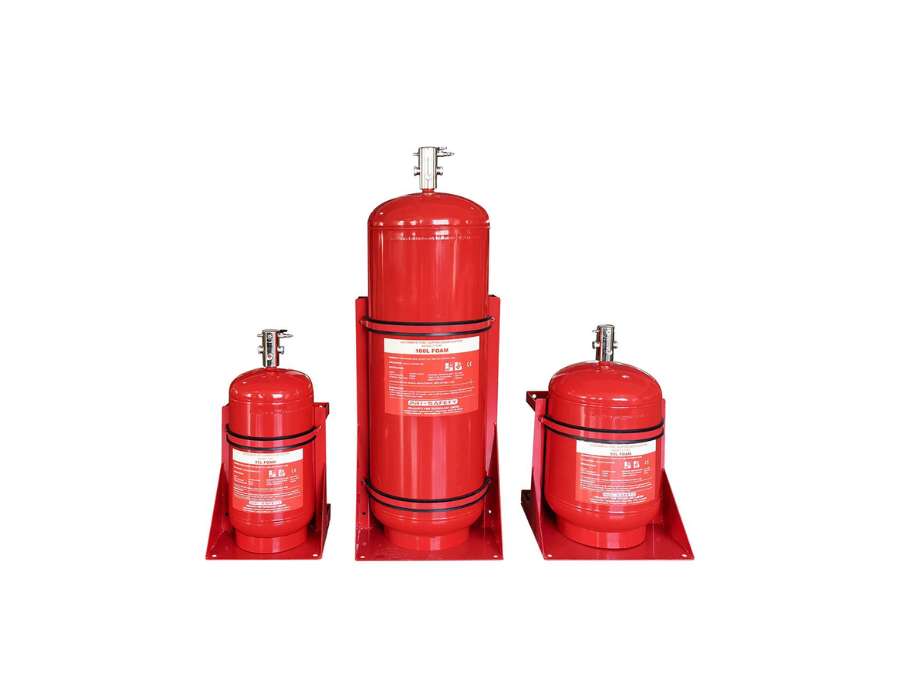
19. Radio and Communication System
The radio and communication system in an excavator is essential for maintaining contact with team members. It allows operators to communicate clearly while working, improving coordination on the job site. For example, if operators notice a potential safety hazard, they can immediately alert ground personnel. This quick communication helps coordinate tasks and enhances safety by enabling a rapid response to issues.
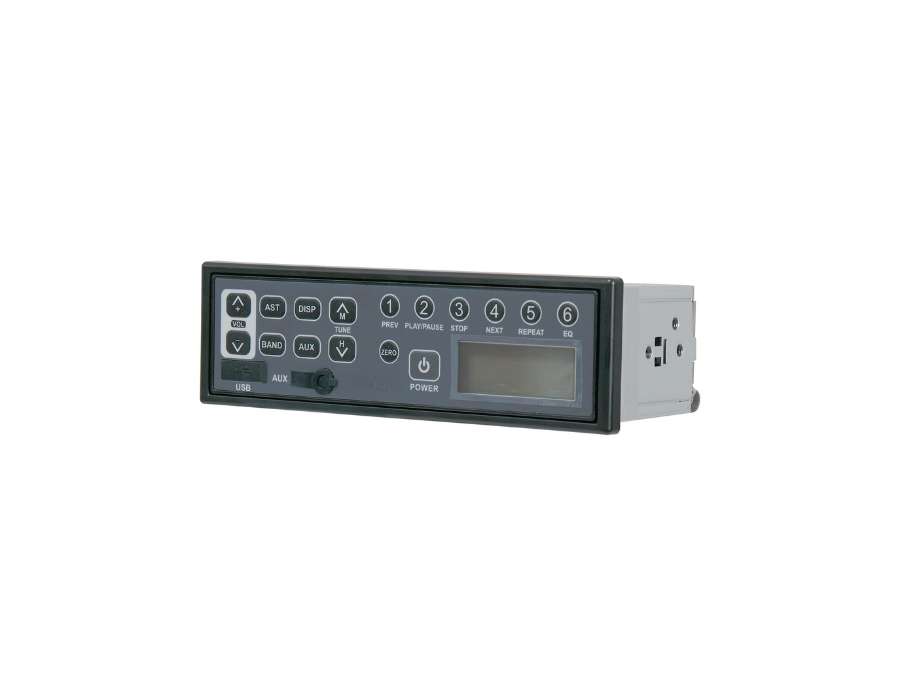
20. Cup Holder/Storage Compartments
Cup holders and storage compartments in an excavator cabin provide convenient spaces for drinks and personal items. Cup holders keep beverages within easy reach, preventing spills during operation. Storage compartments help organize tools and essentials, keeping the cabin tidy. Together, these parts enhance comfort and accessibility, allowing operators to focus on their tasks efficiently.
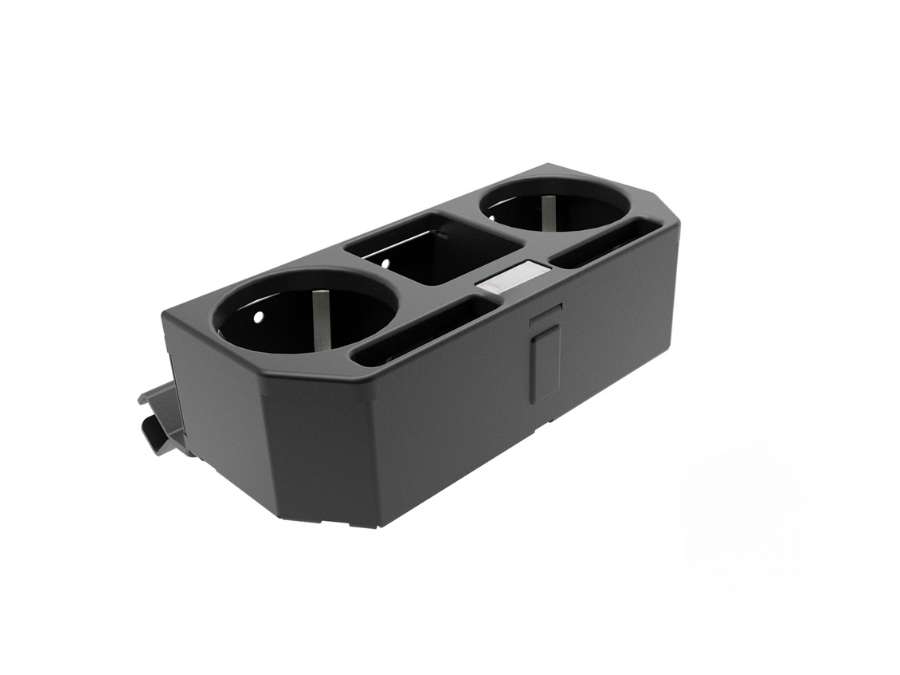
Conclusion
In conclusion, understanding the various excavator cabin parts is essential for optimizing safety and performance during operations. By familiarizing yourself with these components, businesses can enhance operator comfort and improve overall efficiency.
We hope this guide has provided valuable insights into the essential parts of an excavator cabin. If you’re searching for a trusted manufacturer of excavator parts but can’t find one due to unreliable suppliers available in the market, consider EPO. With over 25 years in business, we are trusted in more than 80 countries and partner with top excavator brands. Contact us today for more information!
Table of Contents
Recent Posts
Quick Quote
Fill out the form, get the quote in hours!
Recent Blogs
Sorry, we couldn't find any posts. Please try a different search.




